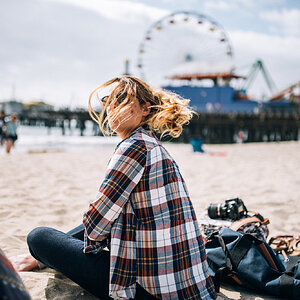Dave Colangelo
No longer a newbie, moving up!
- Joined
- Apr 27, 2016
- Messages
- 452
- Reaction score
- 158
- Can others edit my Photos
- Photos NOT OK to edit
A new job has been consuming pretty much all my time but I did manage to get out and do a bit more shooting this summer. I was messing with some other cameras but the blad was always near by. Not nearly as much as summer's past but some nice shots none the less. I have a roll in it now form a recent event that has a few exposures left then ill get it up.
There is, however a new 500mm adventure brewing....
There is, however a new 500mm adventure brewing....


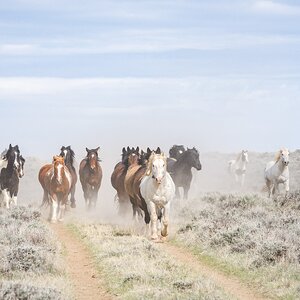
![[No title]](/data/xfmg/thumbnail/32/32433-abebb6cea0cf29d5f27d9054c7b0664e.jpg?1619735443)
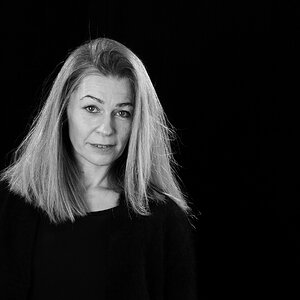
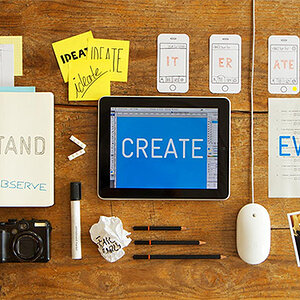
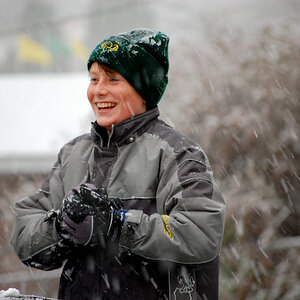
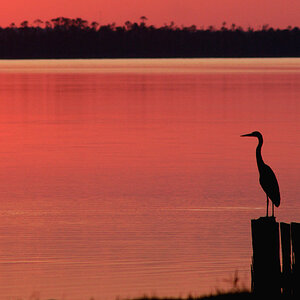
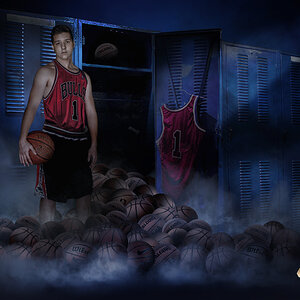
![[No title]](/data/xfmg/thumbnail/37/37245-5f15b292311b21913f10cc41f40682ba.jpg?1619737952)
